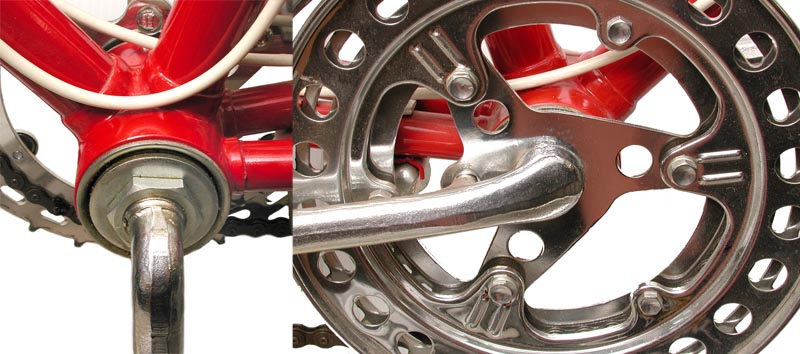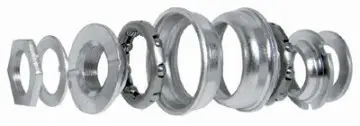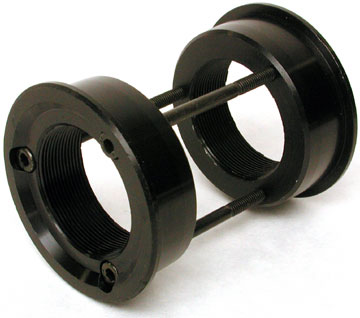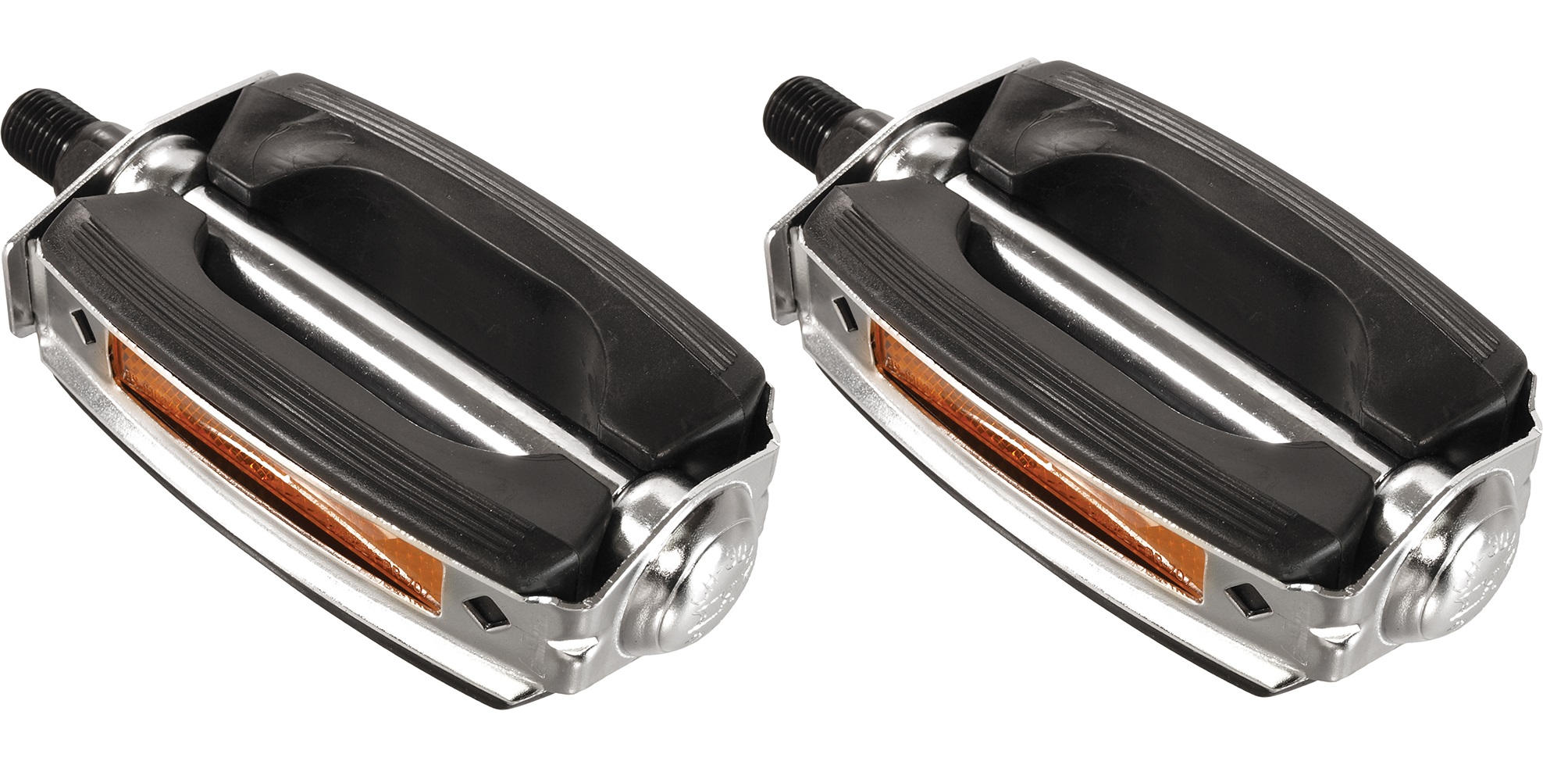From the WW I era to the 1970s, U.S. made bicycles, often of very high quality, were built to rather different standards than those that prevailed in the rest of the world. These bicycles used different standards for bottom brackets and cranks, frame tube diameters, seatposts, pedals, headsets and handlebar stems. When the 1970's bike boom brought large numbers of European (and later, Asian) bikes to the U.S., the older American dimensional tolerances went into retreat, and were increasingly relegated to department store bicycles, such as Huffy and Murray. People began to associate the American dimensions with these low-end bikes, and to forget that many high-quality machines had been made to these standards. While the European bikes were undeniably lighter and faster, the better American bikes were made with a greater emphasis on durability and ruggedness.
BMX bikes are still largely made to American dimensions, and the BMX segment is one of the key sources for American sized parts.
The early ancestors of the mountain bike were based on older American "cruiser" frames, and many early purpose-built mountain bikes used these standards.
American-style bikes have thicker steerer tubes than Euro bikes, so they take thinner stems. The usual diameter is 21.15 mm vs the British 22.2 mm size. The stems listed below are this size. Sorry we don't have more to choose from, but these are getting scarce.
The handlebar clamp diameter of American stems is usually the ISO standard size, 1"/25.4 mm, or, in BMX applications, 7/8"/22.2 mm, so matching bars to stems is not commonly a problem, as long as the stem fits the steerer.
 Alloy/Steel Stem SM242
Alloy/Steel Stem SM242 
Ideal upgrade for your Schwinn Varsity or other older bike that needs the 21.15 quill size.
Aluminum upper section to keep the weight down, with strong steel quill.
| Forward Exension (reach) 3" (80 mm)Weight: 440 gramsClamp fits ISO standard 1" (25.4 mm) handlebar center. |









 Alloy/Steel Stem SM242
Alloy/Steel Stem SM242